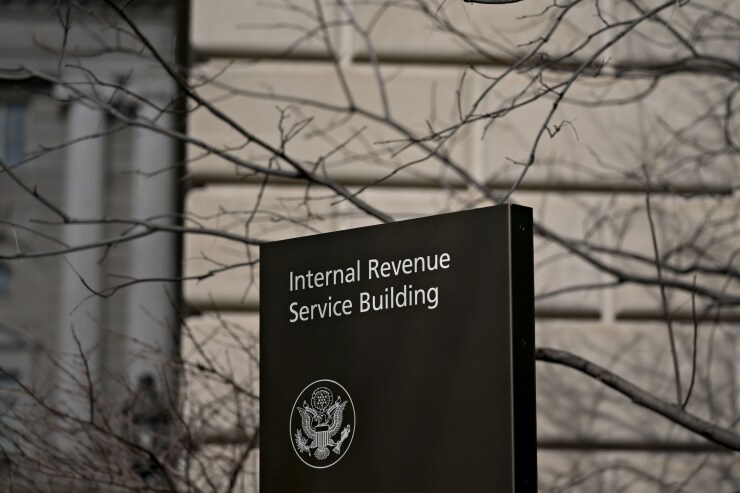The Internal Revenue Service and the Treasury Department issued
Before Congress passed the Tax Cuts and Jobs Act in late 2017, if no withholding certificate was in effect for a taxpayer’s periodic retirement and annuity payments, the amount to be withheld from the payments was determined by treating the taxpayer as a married individual claiming three withholding exemptions.
The TCJA changed that rule so the rate of withholding on periodic payments when no withholding certificate is in effect would instead be determined under rules prescribed by the Treasury.
Earlier this year, in
The Treasury and the IRS have issued several sets of regulations over the years going back to at least 1982 to provide guidance regarding withholding on periodic payments, non-periodic distributions and eligible rollover distributions under section 3405 of the Tax Code. This appears to be the latest iteration, and probably not the last as most of the individual tax provisions of the TCJA are set to expire in 2025.






